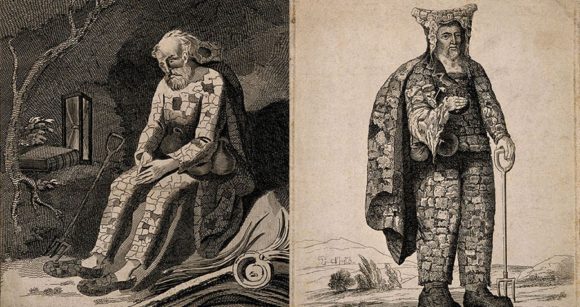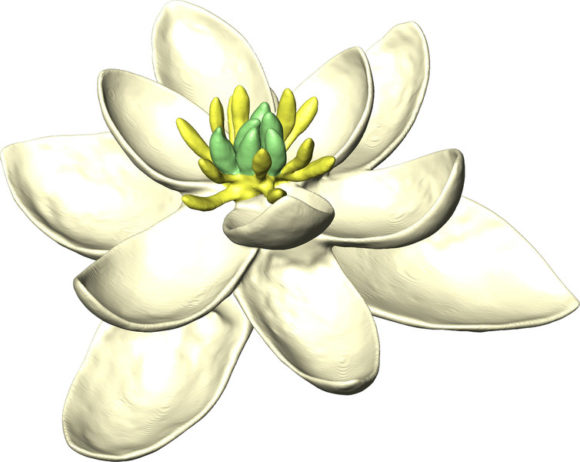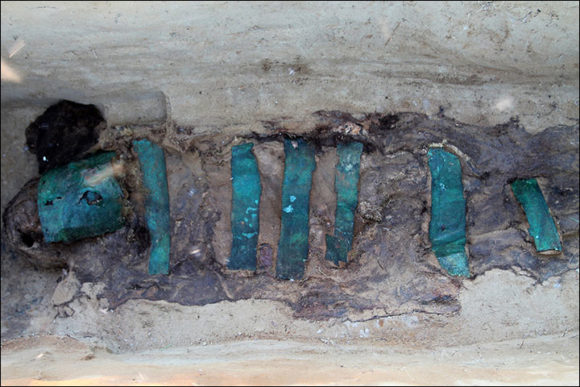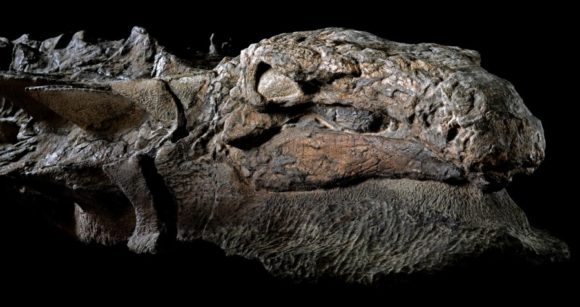Meet the Ornamental Hermit, Origin of Garden Gnomes…
This is the oddest display of wealth we have heard of in a while: the phenomenon of ornamental hermitage.
From ati.com,
The Mysterious Lives Of 18th Century Garden Hermits
By Abby Norman
“The ceramic garden gnomes we see today have a very human — and very solemn — past.
Before the days of the ceramic garden gnome, a human being often played the role of stern, robe-wearing guardian of flora and fauna — and that person was preferably a grizzled old man who didn’t mind living in seclusion and forgoing even basic personal hygiene.
Meet the ornamental hermit.
Two trends in Georgian England created a moment in history for the phenomenon of ornamental hermitage: solitude and overt displays of material wealth.
Wealthy landowners desired expansive and often ornate gardens on their property, and would use these expanses to reflect not just financial riches, but existing social mores such as melancholy.
Elite circles viewed this deeper, more introspective form of sadness as a mark of intelligence, and thus sought to associate themselves with the sentiment whenever possible. Physical property presented an easy, obvious avenue to bring this social virtue of melancholy to life.
Soon enough, wealthy landowners began placing want ads in newspapers to fill this very aim. Ad writers often sought men who would agree to live in a garden for a span of time (usually about seven years, it seems) and devote themselves to a silent, forlorn — if not also wise and mysterious — existence…”
For the rest, click here.
Share




